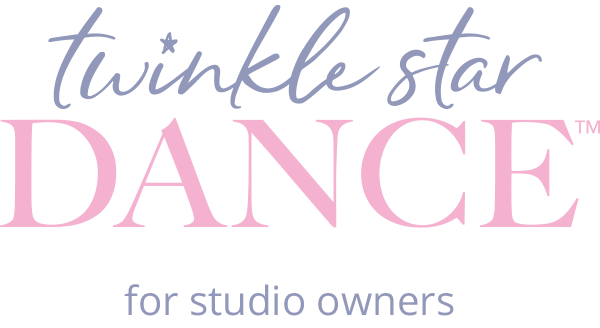As dance educators, we understand the transformative power of movement. Beyond technique, choreography, and performance, dance offers something deeper—an opportunity to support the holistic development of children. In a world where mental health challenges, physical inactivity, and social disconnection are increasingly common among young people, your role as a dance teacher is more vital than ever.
This post explores how dance positively impacts a child’s physical, emotional, social, and cognitive well-being—and how you, as an educator, can intentionally foster those benefits in the studio.
1. Physical Health: Building Strong, Resilient Bodies
Dance is one of the most effective ways to engage children in sustained physical activity. As an educator, you're helping students:
Develop strength, flexibility, and coordination promoting motor skills and muscle development through warm-ups, exercises, and choreography.
Improve posture and balance by strengthening core muscles and enhancing body awareness.
Establish lifelong habits of movement
2. Emotional and Mental Health: Creating a Safe Space for Expression
Your studio can be a sanctuary for students to express what they can't always verbalize. Dance helps children:
Regulate emotions through movement and rhythm
Build self-confidence as they master new skills
Experience joy and release through music and expression
3. Social Development: Fostering Connection and Empathy
Dance is inherently social. In your classes, you're shaping the way children interact with one another. Dance encourages:
Teamwork and collaboration in group choreography
Respect for personal space and others' ideas
Cultural appreciation through exposure to diverse movement forms
4. Cognitive Growth: Boosting Brain Power Through Movement
Dance is deeply cognitive. Memorizing sequences, responding to cues, and navigating space all activate the brain. Dance supports:
Memory, focus, and spatial awareness
Creative problem-solving and adaptability
Academic performance through increased discipline and executive functioning
Why This Matters Now More Than Ever
Children today face pressures and distractions previous generations never imagined. Your dance class might be the one place where they feel seen, empowered, and free. You’re not just teaching dance movements—you’re helping shape confident, compassionate, and resilient individuals.
Your Influence as a Dance Educator Is Transformative
As a dance educator, you're uniquely positioned to nurture the whole child. Every class you teach is an opportunity to support not only their growth as dancers but their development as thriving human beings. In fostering movement, you foster well-being. In guiding expression, you guide healing. And in building technique, you build confidence that reaches far beyond the studio.
Action Step for Educators:
Reflect on your teaching practice this week—where can you incorporate more opportunities for emotional expression, social connection, or cognitive challenge? Even small changes can make a lasting impact.
Learn more about the benefits of dance for children at Tiffany Henderson’s Pinnacle Dance Conference and Retreat July 18-20, 2025 at the Omni Royal Orleans in New Orleans, LA. Immerse yourself in three days of dance movement classes, business seminars from leaders in the industry, plus preview the all new Dance Positive courses within a like-minded community of dance educators.

